Related Tags
“I remember pushing for this in the 90s!” How Jackson brought back USA production guitars for the first time in over two decades with the American Series Soloist
We head to Jackson’s new facility in Corona, California home to get the inside story of how the American Series Soloist was a labour of love inspired by a metalhead CEO, some veterans of Grover Jackson’s original team, and some of metal’s biggest names.

Vixen. Image: Jackson Guitars
When you’re marketing a new guitar, “Fast as fuck” doesn’t leave a great deal up for debate about its stated purpose, but that’s the tagline Jackson has chosen to give one of its most important guitars ever, and certainly the most important guitar since Fender bought the brand back in 2002.
- READ MORE: The untold history of Kay Guitars
Fast is in the Jackson DNA, and when the decision was made to bring production-level guitars back to the USA for the first time, fast was at the heart of everything they did. From the speed at which the project went from idea to fruition, to the instruments themselves, everything about the new American Series Soloist is travelling at breakneck speed.
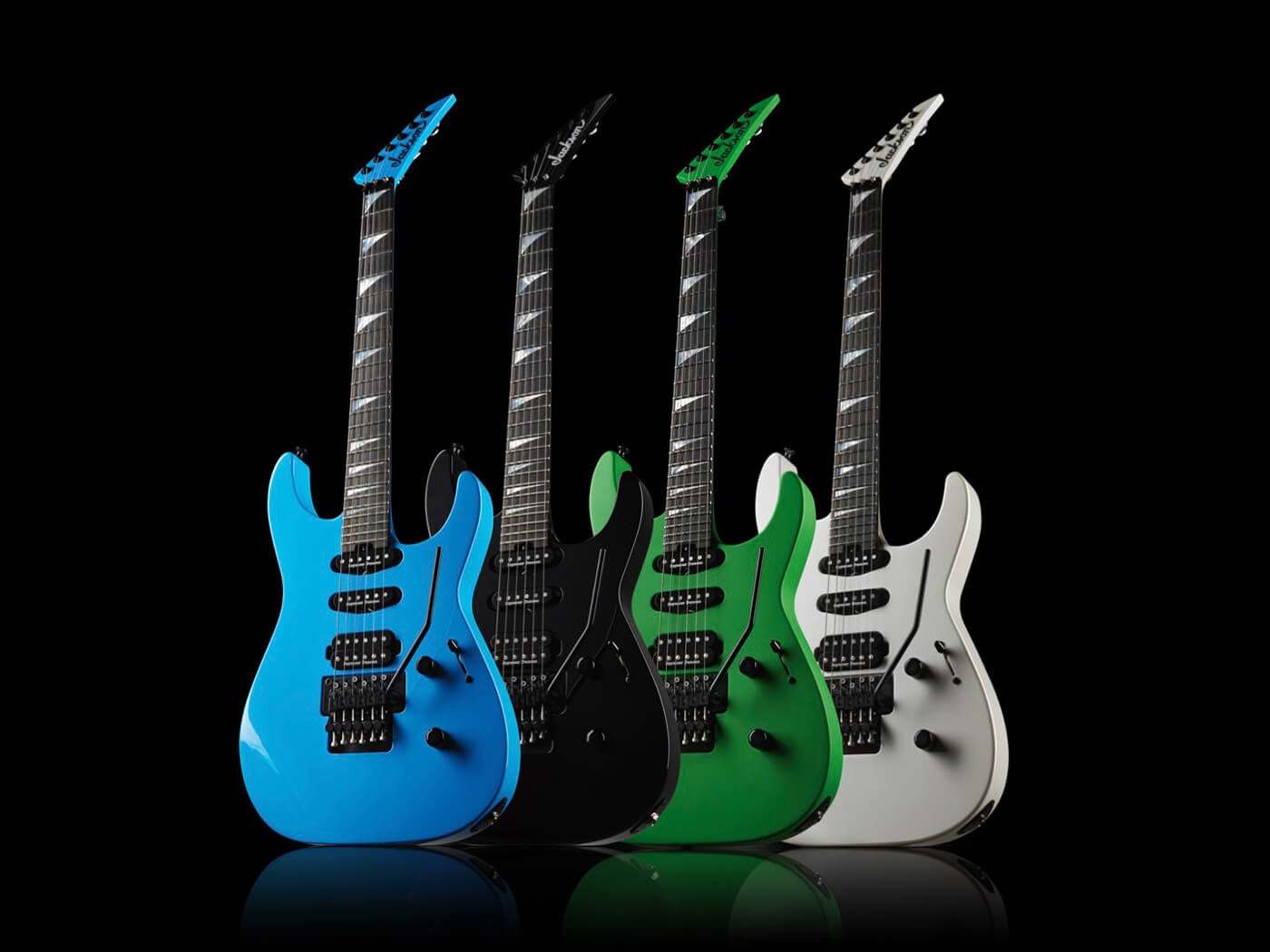
To make this project happen has been a genuine labour of love on the part of some of the most senior figures at Jackson’s parent company Fender Musical Instruments Corporation – from avowed metalhead FMIC CEO Andy Mooney through to metal-haired Jackson VP Jon Romanowski, and Custom Shop legends Mike Shannon and Dave ‘Red Dave’ Nichols, whose history with Jackson goes all the way back to the company’s earliest days when Grover Jackson was running the company out of Wayne Charvel’s old shop in Glendora California.
“Our group has been working on this stuff since I’ve been here, which is 12 years,” Romanowski tells us. “So it’s very vindicating to see a project like this come to fruition. Since the brand’s been at Fender this is the first time where the executive management, board of directors, and the ownership aligned to make a big investment here and try to get it to make that next big leap.”

A giant leap
It’s not hard to see why Fender has decided to ramp things up on the Jackson side – metal has arguably never been more popular (or more diverse) than it is right now, and Romanowski claims that the pandemic saw double-digit growth for the brand, despite the majority of instruments being made outside its traditional USA heartland. Internally at Fender, it was felt that the time was right to swing for the fences.
“Metal has exploded, right? It’s never been bigger. It’s a global language!” exclaims Martin Powell, Jackson’s marketing director. “We’re really excited about what we have at Jackson because we feel that we can elevate our game, and elevate our product to really equip these artists that are writing the next 40 years of history of metal, punk, shred and beyond. And this is where it starts for us, and what we do best – American production guitars spec’d out exactly the way artists want them.”
To find out just what a big moment this is for Jackson, ahead of the launch, Guitar.com travelled to Fender’s headquarters in Corona, California to see exactly what they’d been up to for the last few years. There, under a veil of secrecy titled simply ‘Project Go Fast’, Mike Shannon and engineering lead Luis Delgado worked tirelessly to create a bespoke production facility for Jackson within the Corona factory. Conveniently situated alongside the Jackson/Charvel/EVH Custom Shop (and with the ability to lean on all the experience and knowledge therein) this new line has its own dedicated team and equipment for the production of USA-made Jackson instruments.
Now Jackson has of course done very well without a USA production guitar up to this point, but for Romanowski it’s about bringing the brand back to where it started.
“Jackson’s history is as an American brand, built in the United States,” he explains. “We’re hoping as we move forward we’ll see a shift away from the import, and the American built stuff will become the real epicentre of this brand again.”
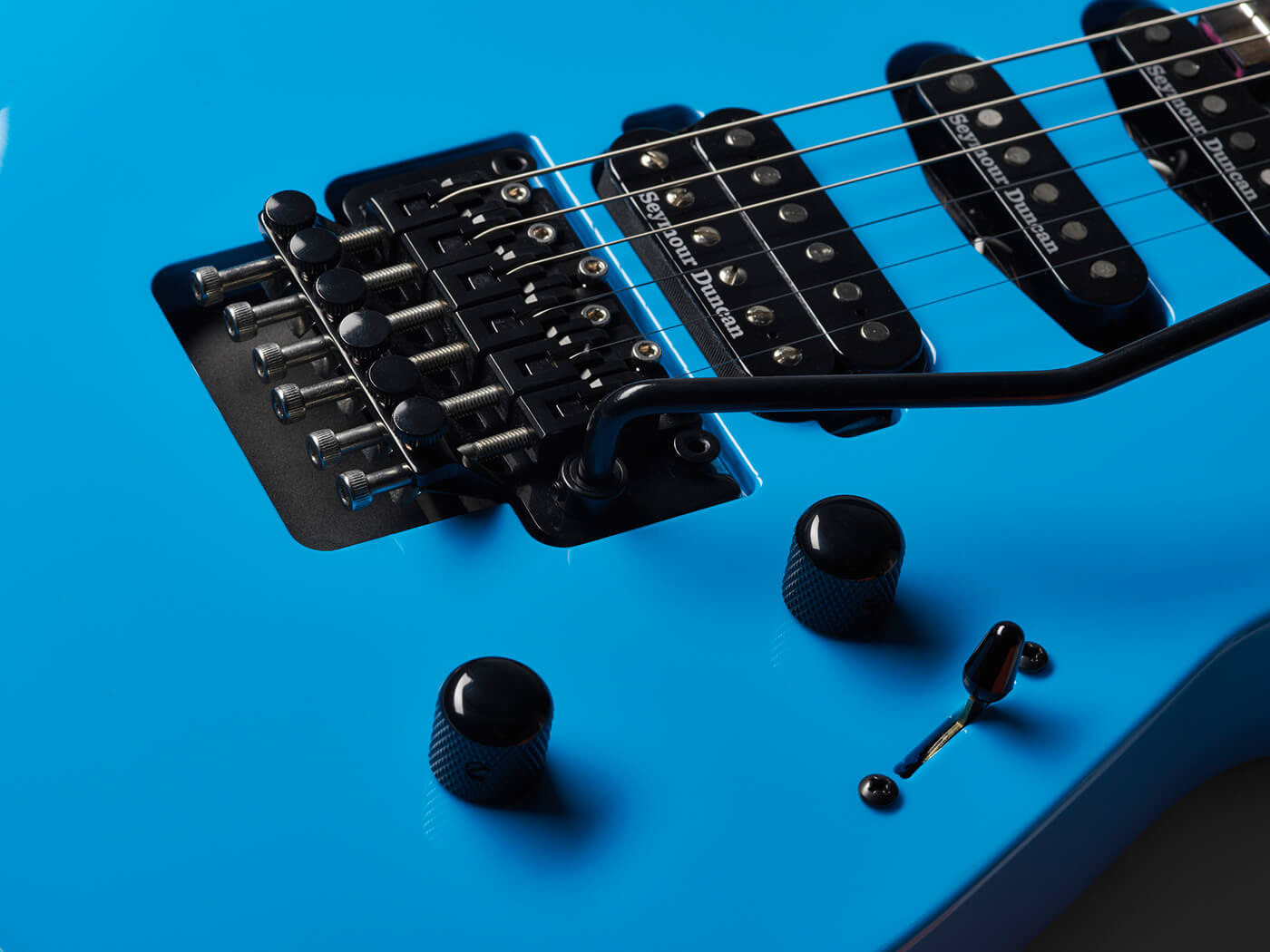
One of Jackson’s most loyal and high profile artists has been banging this drum for years. Anthrax’s Scott Ian was a Jackson die-hard from the brand’s earliest days, and asides from a brief sojourn with Washburn in the early 2000s has been a cornerstone of the artist roster. For him, seeing production return to the USA has been a long time coming.
“Y’know, it’s something I remember always pushing for in the 90s! Like, ‘Guys why can’t we get these!?’” Ian exclaims. “But it’s amazing that a brand, forty years in, is now bigger than it ever was. And the fact that Fender has such confidence and faith in it that they’re doing this. After all this time, there’s a USA production model!”

Back to the future
In a guitar industry that always wants to look back on past glories, the obvious thing for Jackson to do would be to create an identical recreation of the Soloist in its 1980s heyday. But going back wouldn’t be true to the heritage of Jackson – a company that has always been about pushing the envelope – nor would it work for today’s virtuoso players.
“We know that the people that really like this type of stuff, some of them can remember it from 40 years ago, and some of them might have only got into it a few years back,” Romanowski reflects. “But if you look at the music itself, it’s not the same – it’s changed. Hard rock and metal today is not what it was 20 years ago, it’s not what it was four years ago!

“Because of that we feel that the guitars themselves have got to evolve. And let’s not forget, Jackson developed the status that it did in the 80s because it listened to players! A lot of other brands weren’t making guitars that catered to what the players wanted at that time. This brand did, and as a result it was able to establish itself as a major player in the industry in a way that, at the time, hadn’t been done since Fender in the 50s.”
So what tweaks to the recipe do we have? Well, for starters, the classic sharkfin inlays have been inverted; the volume control has been offset to make it harder to knock in the throes of rocking out; the heel has been sculpted to be more in tune the Custom Shop’s seamless transitions; there are locking tuners for ease of restringing and a clever allen key holder on the back of the headstock, meaning you don’t have to delve into the case if you need to adjust the stainless steel Floyd Rose on the fly; and to keep that neck dead straight, the wheel truss rod adjuster seen on EVH guitars makes its first appearance on a Jackson guitar. It’s small stuff, but it all adds up to make for a better playing experience.

Perhaps most notably, there’s no neck binding on the new Soloist – removed to enable Jackson to more effectively roll the ebony fingerboard edges, but also an idea borrowed from an early student model Soloist that had the same thing done in the early days.
And that’s the other side of the new American Series Soloist – when you have a direct line to the source that veterans like Shannon and Nichols represent, you can lean on it to pull out the best bits of the original guitars that still have a place in 2022.
“Mike Shannon has been with Jackson since the late 70s – he came on board as a teenager!” Romanowski explains. “He helped build the first prototypes for Randy Rhoads! So there’s just this wealth of knowledge that he has stored up that we’re trying to document, and use.”
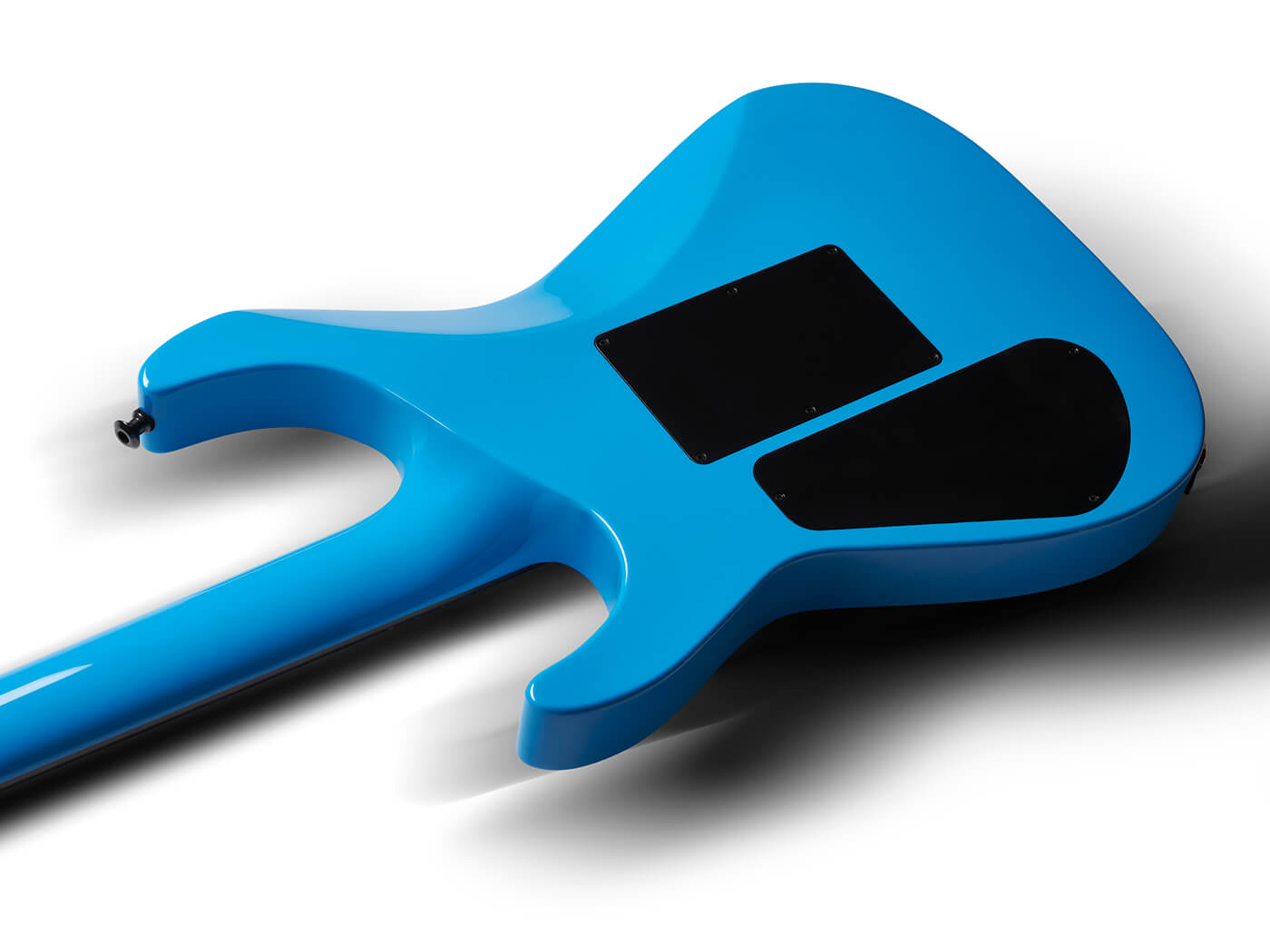
One key component borrowed from those early Jacksons is the neck shape, which the brand is calling its ‘Speed Neck’. This neck was found across a spread of early Jackson guitars and the team felt that it stood the test of time from a shred perspective. The Soloist’s Seymour Duncan pickups were also deemed to be up to the demands of modern players and various cosmetic items such as the body contours were incorporated from the original. The headstock was also tweaked on the new Soloist, and for that they went all the way back to the source.
“So this is the original Soloist headstock,” Powell explains. “Because Mike Shannon has one of the originals at home. So he traced it, put it into a CAD file, sent it over to Luis and they mocked it up, 3D printed it to make sure, and now we have the most OG Jackson headstock you can get!”

On the road
As Romanowski observed, Jackson got where it is today by listening to guitarists and giving shredders what they wanted, and so the next step was to get the guitars in the hands of a dozen or so artists, including Scott Ian, Misha Mansoor, Alyssa Day, Brandon Ellis of the Black Dahlia Murder, and Bring Me The Horizon’s Lee Malia. The feedback is ultimately what led to that expletive-laden tagline.
“Back in January, we brought them in and just gave them the guitars,” Powell recalls. “We didn’t tell them anything about them, just, ‘These are new guitars, what do you think?’ And the first thing that artists did, is they would pick it up, they’d feel the neck, feel the body and just be like, ‘These things are fast!’ And that was a little bit of a lightbulb moment for us.”
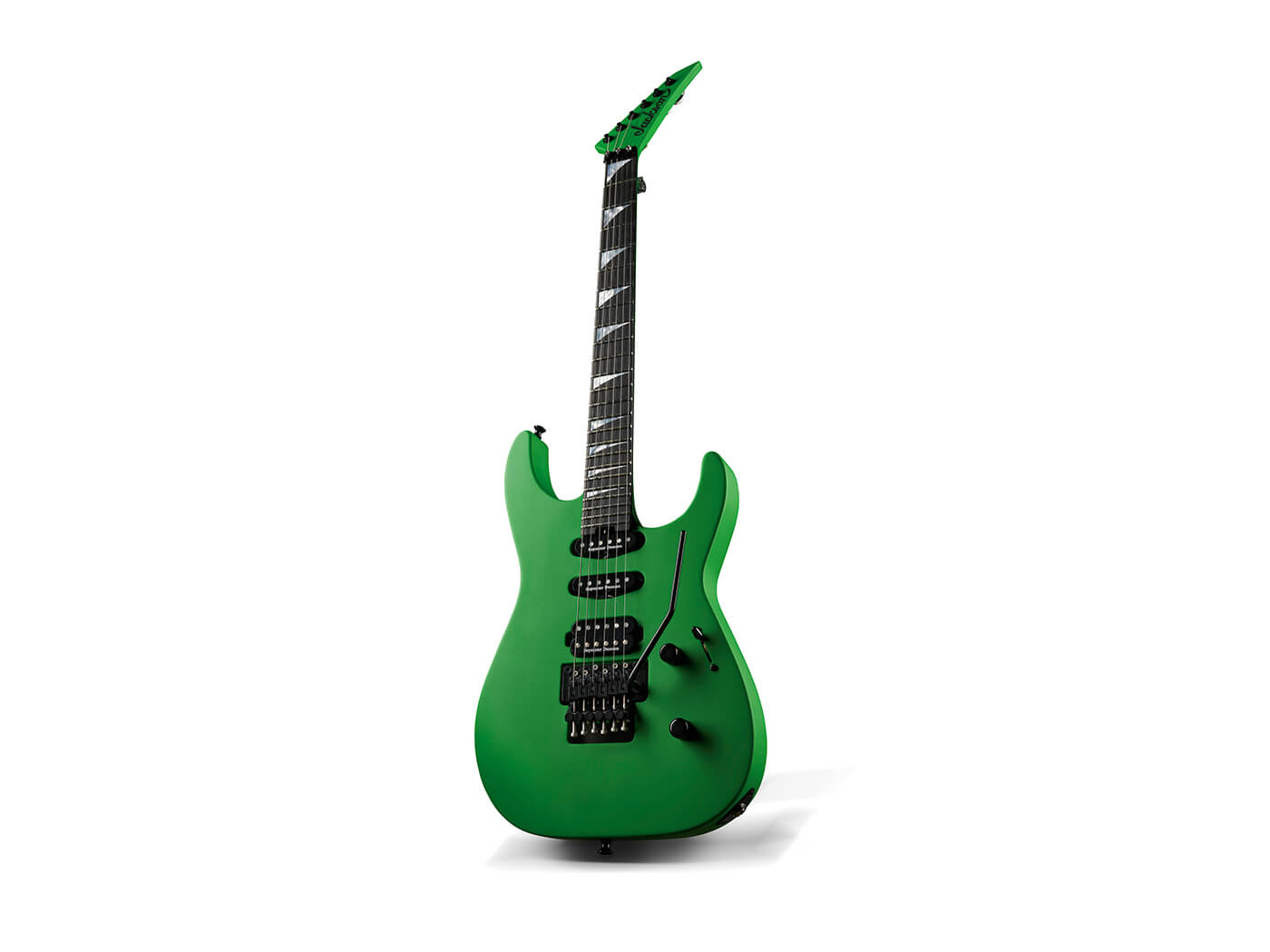
Scott Ian remembers the story very similarly.
“Nobody said shit to me about the guitar, they gave me a white one to do a video thing and I was like, ‘God this is a fast neck’. It took me back because it feels so much like the Jackson guitars I still own from the early and mid 80s. I was able to A/B it with a bunch of old ones from the 80s and it’s straight up – this guitar could’ve been built in 1984!”
From Ian’s perspective, a big part of why the new American Series Soloist retains the mojo of the guitars he’s loved for decades is that link to the source.
One of the things I love so much about this brand is Mike Shannon – it’s the same fucking dude! The same dude who built my first Rhoads in 1982. And so it has that same feeling I had when I first discovered the Rhoads – it’s kind of like a sword in the stone moment. I found the guitar that was meant for me, that I needed to play the style of guitar I wanted to play. Because Anthrax was only like a year old at that point and I was on a quest to find that guitar! It was the perfect tool for the job and I never, ever looked back from that point.”

Go faster
Everyone involved is clearly thrilled with the results of Project Go Fast, but as we wander around the Jackson production line, we can’t help but notice the unfinished bodies of various other Jackson body shapes – including Rhoads, Dinkys and Kellys – sitting in racks alongside their Soloist siblings.
When we ask Romanowski, Powell and FMIC CEO Andy Mooney about this we’re met with raised eyebrows and the smirk of a not very well hidden secret.
“This is definitely the vanguard of a much larger plan,” Romanowski says cryptically, before quickly abandoning the pretence. “I should probably say I’m not presently disposed to discuss those operations but… yes we will be following this up with a Dinky, and a Rhoads and a full complement of models.”
Jackson is of course one arm of what Fender internally calls its ‘Specialty’ brands – along with Charvel, EVH and Gretsch – so we ask Mooney if there are plans to bring American production guitars back to any of the other brands in the stable?
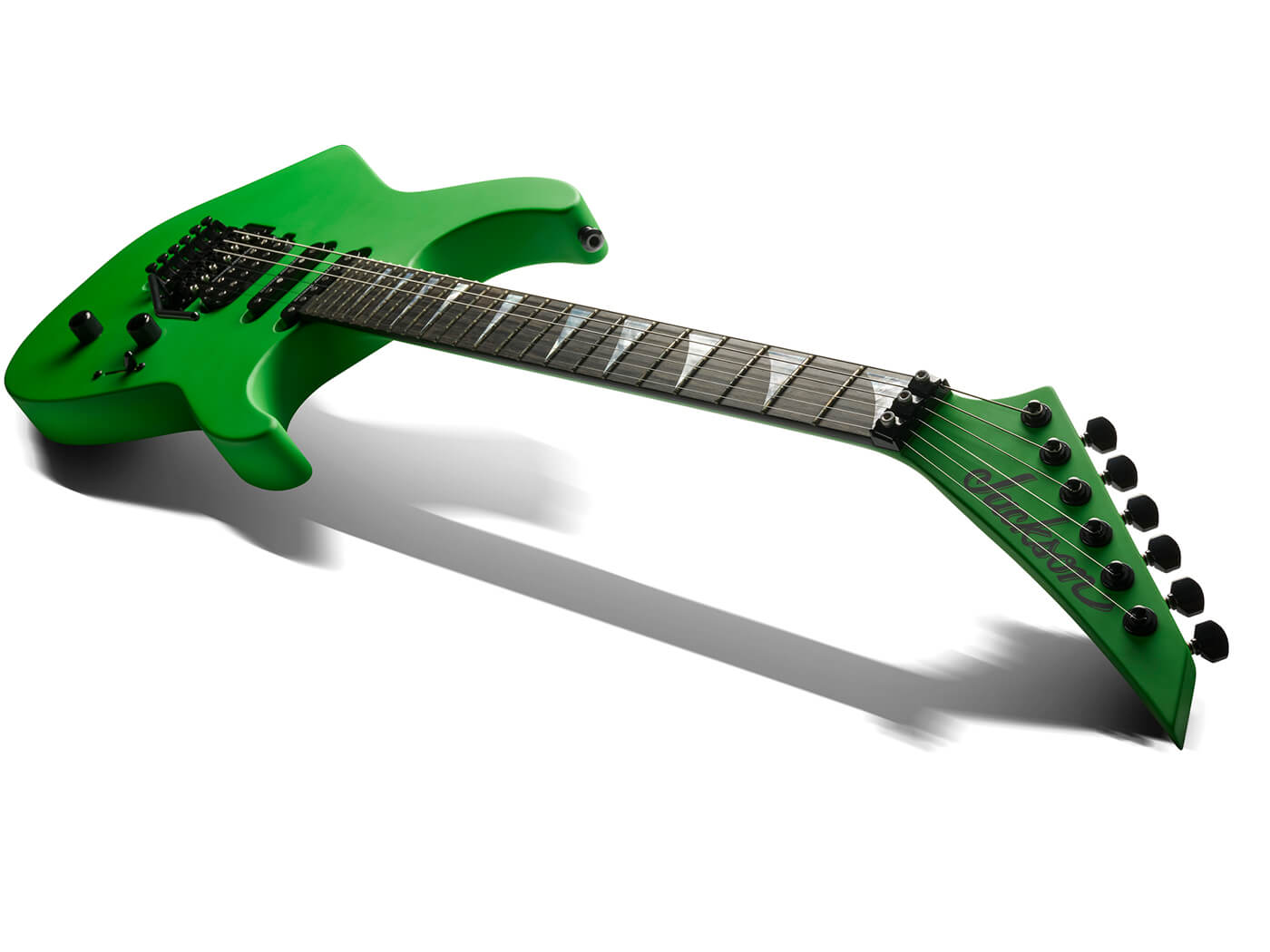
“I think we see a similar opportunity down the line with Gretsch in particular, because we’re seeing the same trends in regards to demand for Custom Shop guitars made in the USA,” Mooney confirms. “So we see that opportunity down the line, but for now we’re very focused on Jackson, and on expanding the body types that are available – that’s our number one priority.”
“The real magic about Fender is mass production,” Romanowski reflects on what makes Jackson’s return to the USA so exciting. “People go, ‘Oh it’s mass-produced, blah blah blah…’ But it is an art. Anyone can build one thing nicely – once. But to do that and replicate it really tightly and consistently at scale – that is a real trick and a real art, and not a lot of people can do that very well. But this organisation is REALLY good at it.”
The proof of this will be in the shredding, and by how the market responds to the return of a mid-price USA Jackson guitar in the coming months and years, but for one of Jackson’s longest tenured champions, they’ve already passed the test.
“For me the sign of a great guitar has always been when I sit down I start playing it, it makes me feel like I’m a better guitar player than I am, because it’s so easy to play!” says Ian. It’s like, ‘Wait a minute. I’m better than I was five minutes ago!’ And this guitar absolutely does that for me. And what’s more, and I know this is true because I tried it, I can take any one of these guitars, right out of the box, plug it into my live rig and play it in a show without even testing it beforehand – I just know it’s gonna work.”
Find out more about the new American Series Soloist at jacksonguitars.com.
